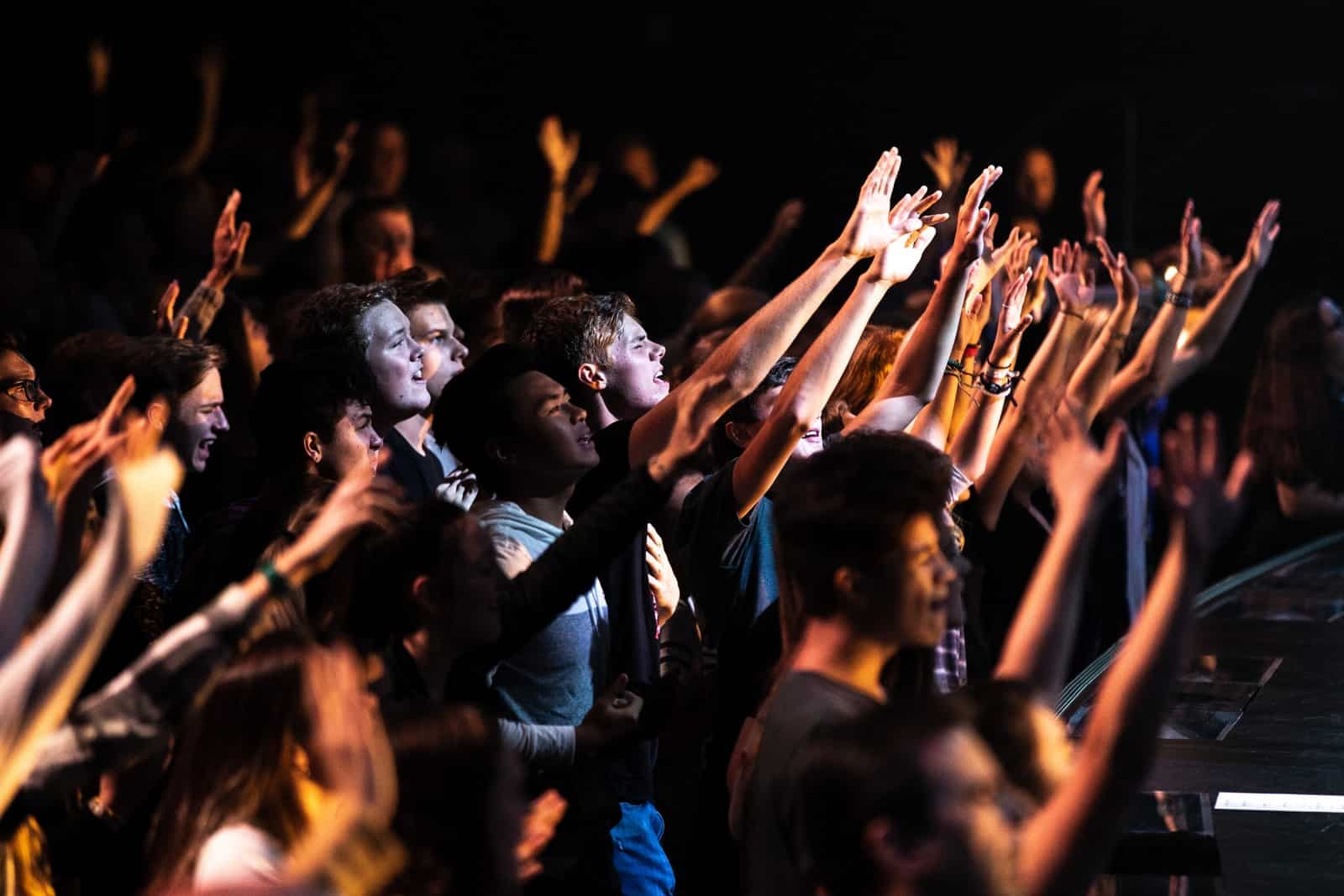The act of raising one’s hands during worship is a deeply imbued gesture, resonating across cultural and religious landscapes. It serves not only as an expression of reverence but also as a conduit for spiritual elevation. In many faiths, including Christianity and Islam, this movement becomes symbolic—a direct connection to the divine. Furthermore, on a psychological level, it presents a unique means of relinquishing burdens and fostering a mood-boosting experience. Let’s delve into the multifaceted meanings behind this powerful act.
In the context of Christian worship, lifting hands is often portrayed as an outward manifestation of an inward conviction. This gesture, found in hymns and fervent prayers, symbolizes submission and surrender to God. Scrutinizing scriptural narratives, one finds numerous instances where raising hands denotes praise and supplication. Psalms are replete with verses encouraging the lifting of hands, illustrating a practice that transcends mere habit to become a profound spiritual dialogue. It is said that when individuals raise their hands, they open themselves to receive divine grace and blessings, creating a channel for spiritual communion.
Across the spectrum of worship traditions, the significance of this act diversifies. In Islamic practice, for example, during prayer (Salah), while the focus remains on prostration, the act of raising hands before entering the ritual underscores the intention. It indicates the commencement of a sacred act, a plea for divine guidance, and a moment of humility. This physical expression of reaching out to the heavens encapsulates surrender, aligning with the theological principle of ‘Tawheed’—the oneness and absolute authority of God. Thus, regardless of the faith, the upward motion of the arms embodies the universal quest for connection with the Creator.
Moving beyond specific faiths, one can contemplate the broader, psychological implications of this practice. Psychologically, the act of raising one’s hands can foster a transformative experience, facilitating a shift from a state of disarray to one of clarity and tranquility. This motion engages the body in a cathartic release of pent-up emotions, inviting a state of mindfulness and presence. Research in affective neuroscience suggests that such gestures can evoke a sense of openness and vulnerability, which may contribute to emotional regulation and well-being in participants. As physical actions frequently trigger emotional responses, raising hands may very well act as a potent antidote to stress.
Furthermore, the symbolism of upward movement is often associated with aspiration, highlighting humanity’s intrinsic desire to seek loftier spiritual heights. The act becomes a form of catharsis, an emotional release that elevates the spirit. This dynamic interplay between body and spirit serves as a reminder of the profound connections that exist within worship experiences, revealing how movements can transcend mere physicality to become vital spiritual expressions.
In an expository examination of these symbolic interpretations, one might also note the act’s cultural ramifications. In Western cultures, raising hands has seeped into various expressions of celebration beyond religious grounds, such as sports and concerts, often serving as an embodiment of victory or elation. Yet, this practice retains its core spiritual essence across contexts—whether in the vibrant flow of a worship service or the raucous excitement of a concert, it echoes a collective yearning for exaltation. Even in secular environments, this movement possesses an innate power to uplift and invigorate, resonating with the universal human experience of joy and fulfillment.
From a holistic view, it’s essential to recognize that raising hands in worship can also be perceived through the lens of sociodynamics. The communal act of raising hands creates a shared space of engagement and connection among participants, forging a collective identity rooted in shared beliefs and values. Community rituals that amplify such gestures foster a sense of belonging, reinforcing social bonds while simultaneously inviting individual souls to connect with something grander than themselves. This intricate web of connection promotes not only spiritual coherence but also psychological stability, allowing congregants to foster resilience in the face of life’s challenges.
The act of raising one’s hands during worship intertwines the physical, psychological, and spiritual realms, creating a rich tapestry of meaning. Its implications stretch beyond the confines of religious edict, resonating with universal human experiences of expressing hope, seeking connection, and striving for aspiration. Whether it is within the fervent prayers of a church congregation or the serene movements of Islamic prayer, the act represents a silent yet profound dialogue with the divine, a gesture that invites grace, healing, and renewal.
In summation, the lifting of hands serves as a multifaceted phenomenon encompassing layers of symbolic meaning. Both in scriptural contexts and psychological landscapes, this act remains a foundational expression of faith and yearning for connection. Thus, the next time you engage in this practice, take a moment to reflect on its myriad meanings—a humble gesture, indeed, yet one filled with the transformative potential to uplift not just oneself, but the very fabric of community and spirituality.
